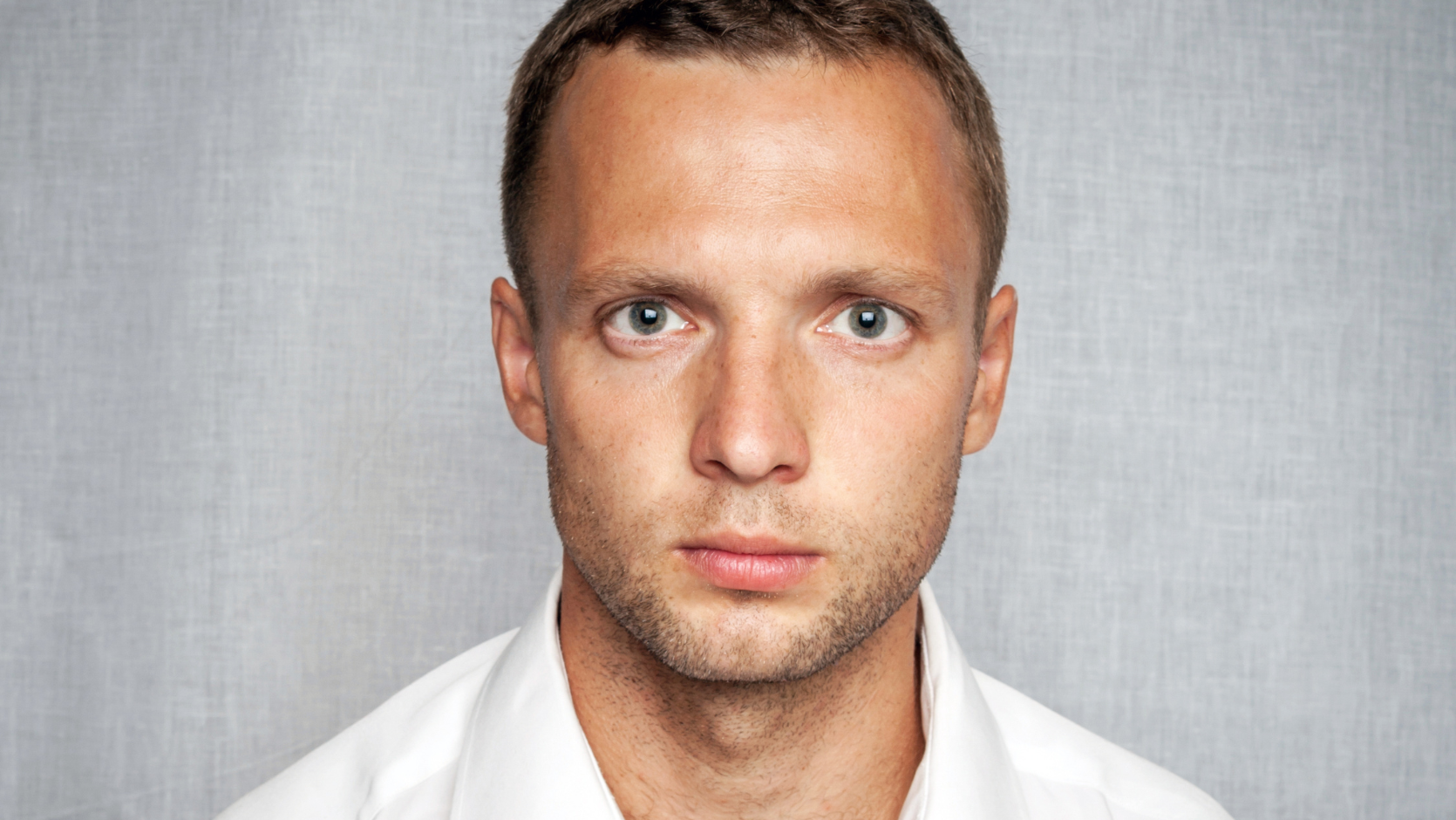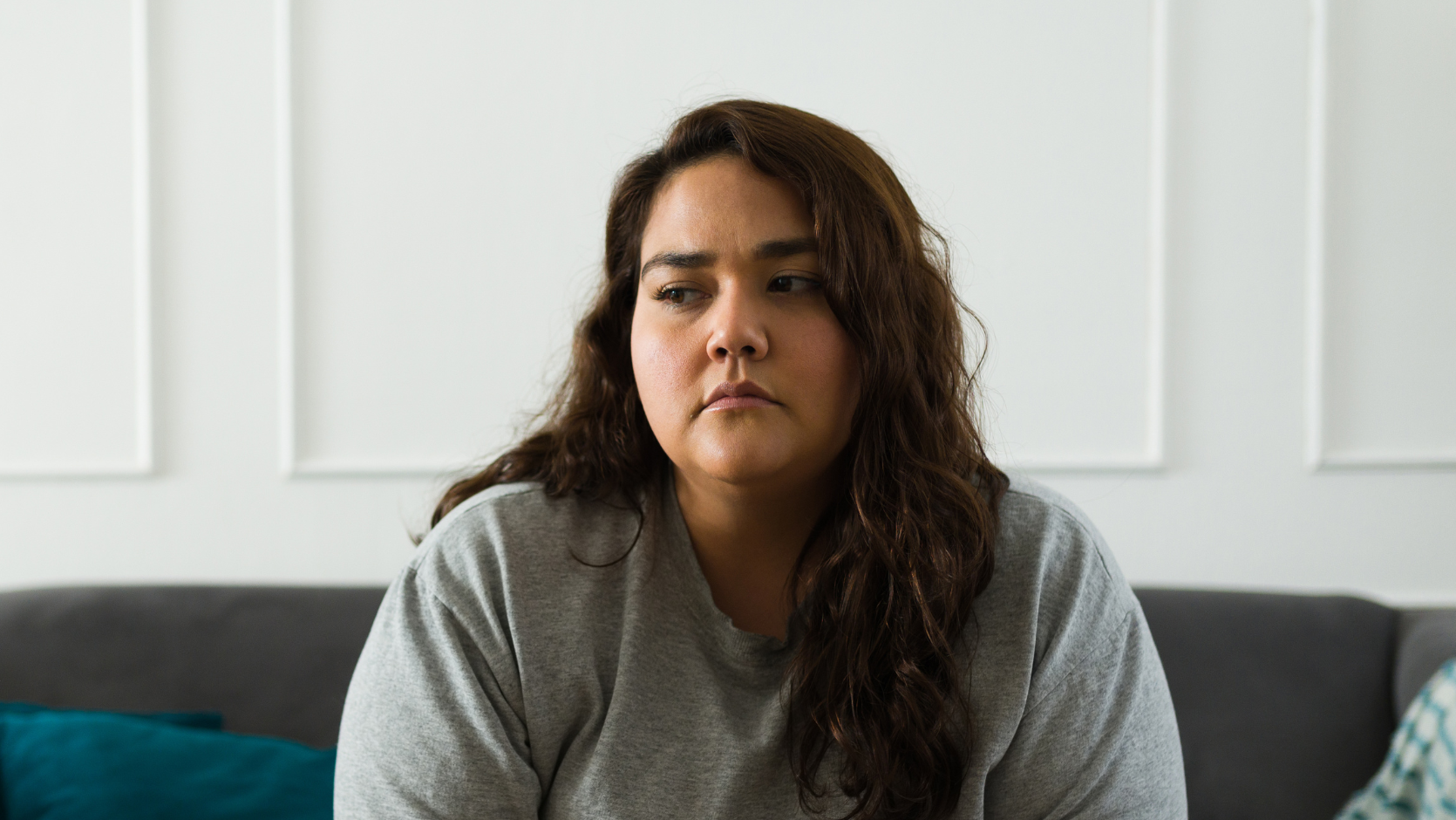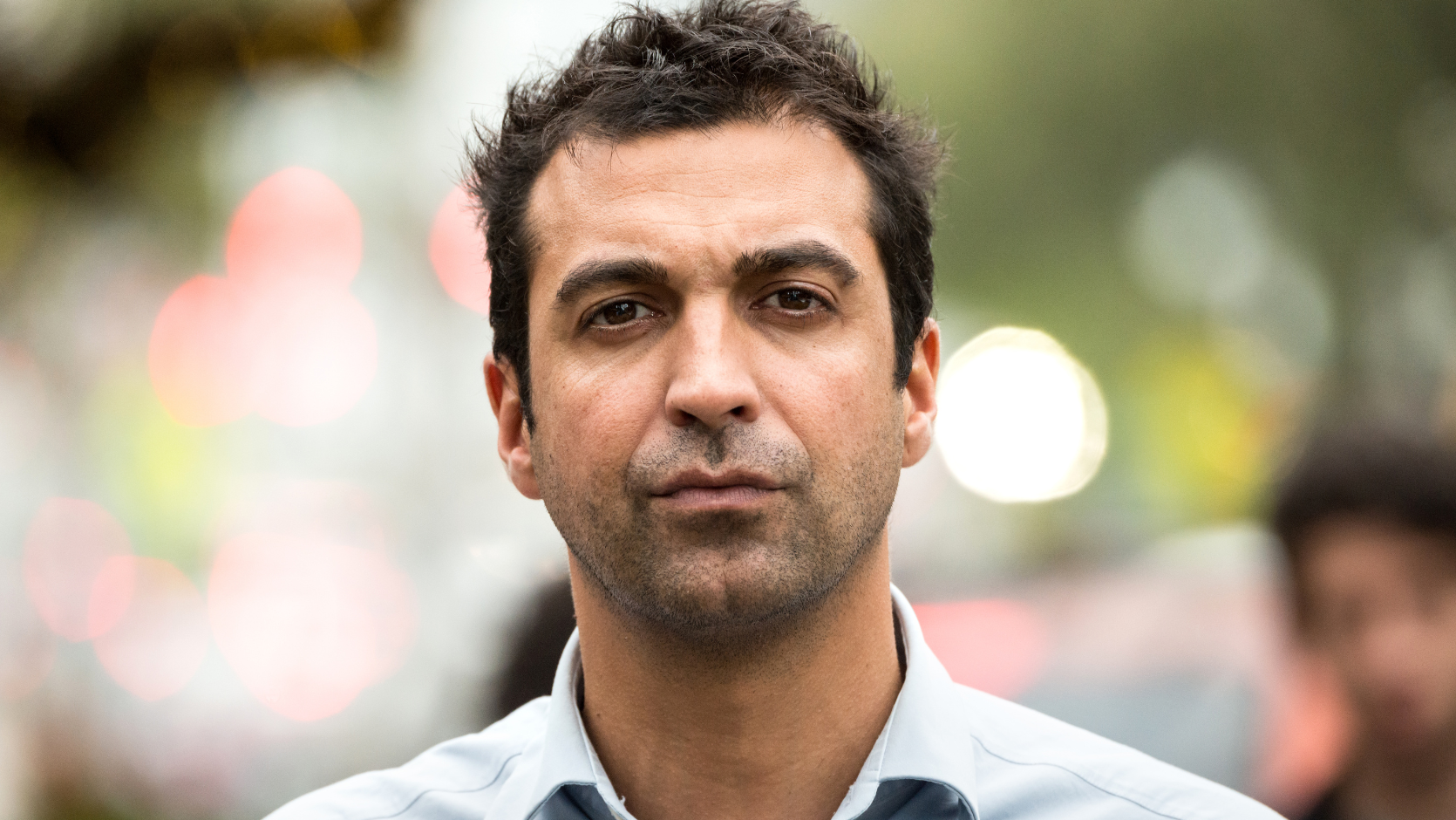The Facts
Patient consults GP and neurosurgeon after developing headaches
The patient was a 73-year-old man who was happy, fit and active. In early 2011, he began to experience headaches and consulted his GP for treatment.
After performing various diagnostic investigations which were found to be inconclusive, the man’s GP referred him to a neurosurgeon.
The man consulted the neurosurgeon, who identified on a CT scan that the man had a benign brain tumour. The surgeon took the view that the tumour could be removed endoscopically, without the need to open up the patient’s skull. The surgeon said that this surgery would enable him to remove the tumour through the patient’s nose.
Patient agrees to endoscopic surgery to remove brain tumour
The man agreed to the surgical procedure proposed by the surgeon. While the surgeon had performed numerous brain tumour surgeries using different techniques, he had not performed surgery using this technique before.
Endoscopic surgery of this nature carried with it an inherent five to ten per cent chance of catastrophic complications.
Patient left with catastrophic complications and sues neurosurgeon for negligence
In March 2011, the man underwent the surgery proposed by the neurosurgeon. After the surgery, the man was left significantly impaired, after what were described as catastrophic complications.
It was discovered that the man had suffered a haemorrhage in his brain. He underwent ten further surgeries to release the pressure around his brain from the bleeding and have a drain inserted into his skull.
After the surgery, the man needed to use a wheelchair because of his injuries. He had difficulty conversing, his weight dropped from 78 to 45 kilos, he had full vision only in one eye and he had difficulty sleeping at night.
Whereas before the operation he had worked daily on the renovation of his home and had an active social life, after the surgery he could no longer drive or look after his garden.
He also suffered memory loss, cognitive decline and was no longer able to attend to his own personal care activities. One year following the surgery, the man was taught how to walk again and attend to some of his personal care tasks. Despite this, he still required considerable care and support from his family.
The patient and his wife sued the surgeon in the Supreme Court of NSW for medical negligence.














Expert commentary on the court's decision
Supreme Court finds in favour of patient
In October 2017, the Supreme Court delivered judgment in the case Jambrovic v Day; Jambrovic v Day [2017] NSWSC 1468.
After considering the case and evidence in support put forward by both parties, the court concluded that the case for the patient, Mr August Jambrovic, must succeed on the balance of probabilities.
Neurosurgeon performing procedure endoscopically
When giving evidence, the surgeon, Dr Jerry Day, maintained that he had no recollection as to whether he had advised Mr Jambrovic that he had never performed the procedure before.
Considering the expert opinion presented in the case, the judge held that the surgeon ought to have disclosed to Mr Jambrovic that he had not previously performed the proposed endoscopic procedure and discussed it with him, before the decision to have the surgery was made.
The court noted that the surgeon had not undertaken the available advanced fellowship training for endoscopic surgery on a skull-based tumour like Mr Jambrovic’s, nor had he ever observed this procedure being performed by another surgeon.
The judge stated: “While [the surgeon] undoubtedly genuinely held the belief that he was appropriately qualified to have undertaken this surgery, I am satisfied that he was not.”
Advice given to patient by neurosurgeon
While being cross-examined in relation to the advice he had given Mr Jambrovic during their consultation, the surgeon acknowledged that there were two possible avenues of treatment – one being the surgery to remove the tumour, and the other being the ongoing monitoring of the tumour at regular intervals.
The surgeon’s evidence was that in 2011, before the surgery, he gave Mr Jambrovic advice about the risks involved in both performing the surgery and in simply monitoring the tumour, but that Mr Jambrovic preferred he proceed to perform the surgery. The court found this evidence to be “quite implausible”.
The judge summarised:
On [the surgeon’s] own evidence, Mr Jambrovic’s tumour was a benign, slow growing tumour which might not have been causing his headaches at all and the proposed surgery might not have cured those headaches. In those circumstances, choosing surgery rather than the conservative option, which involved treating the oedema and headaches, while continuing to observe the tumour, would have been entirely irrational. On the evidence Mr Jambrovic was not an irrational man.
What would the patient have decided if he had been properly advised?
The question for the court was what Mr Jambrovic would have done if he had been properly advised of four matters – that his headaches might not be cured by surgery, what the relative risks were of the two available options, that the surgeon was not qualified to perform the surgery he recommended, and that conservative management of the tumour was the preferable course of action.
The court concluded that Mr Jambrovic would not have pursued surgery if he had been advised of these matters, and that if surgery had become necessary at a later date, he would have elected to have it performed by another surgeon who was suitably qualified.
The court found that negligence by the neurosurgeon had been established and awarded damages in favour of Mr Jambrovic and his wife.